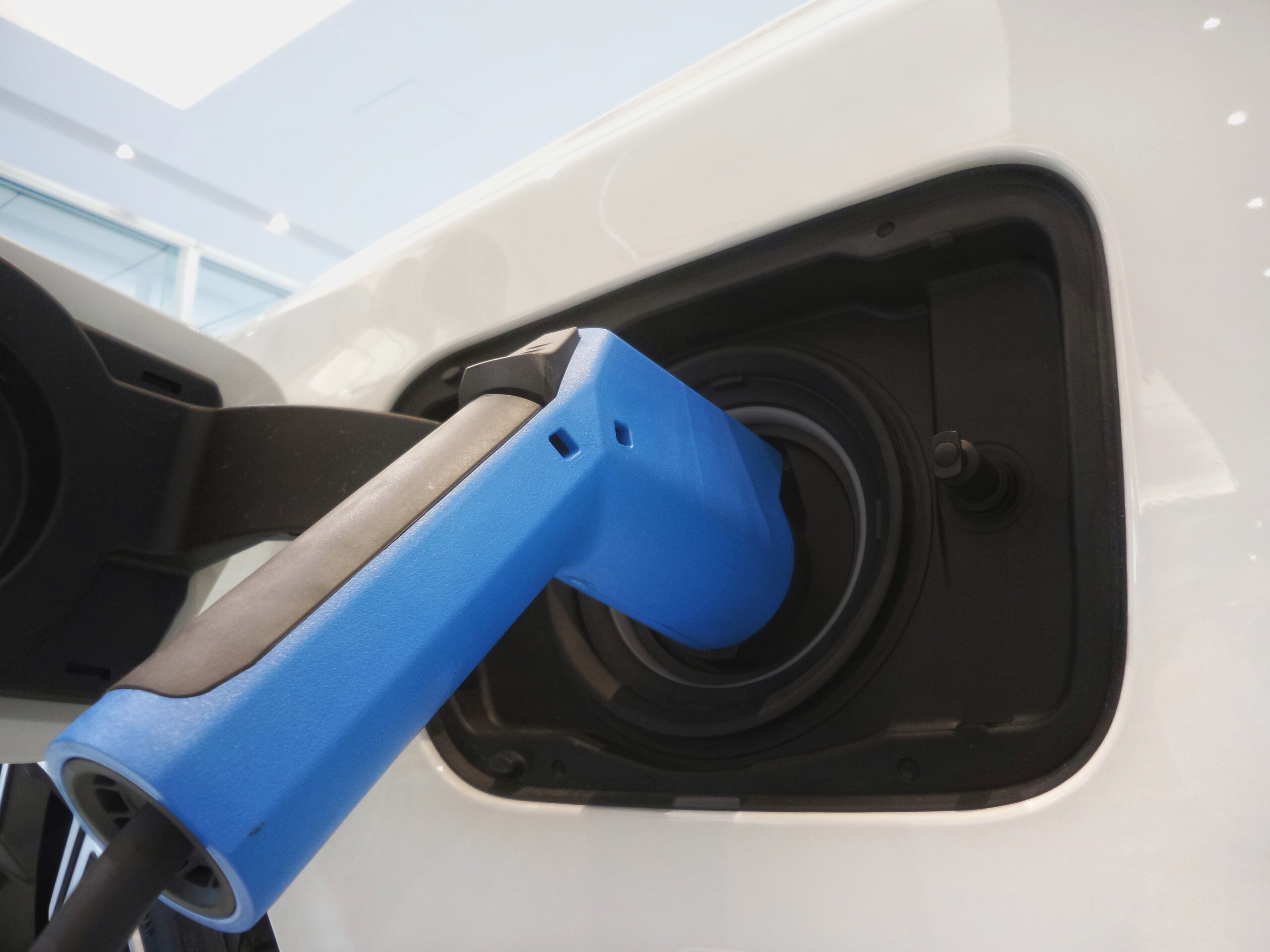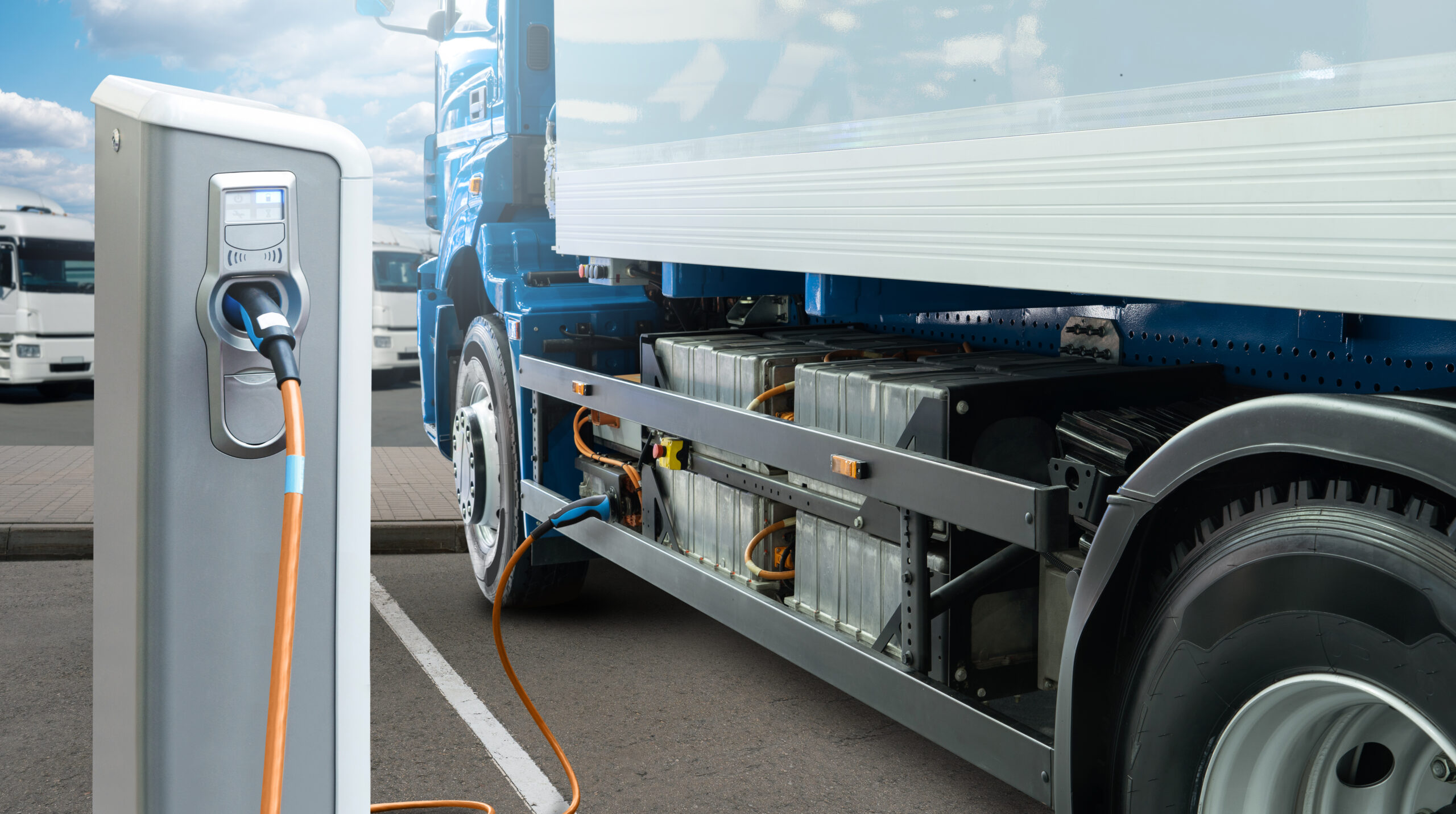As a fleet manager, your main job is to ensure every decision you make financially benefits the business. Maximizing efficiencies across the fleet is the best way to do this. Changing to an electric vehicle is a big leap, so you’ll need to know whether it’s worth it.
The first wave of electric vehicles (EVs) lacked oomph: they were low on power and couldn’t travel long distances without a charge. This proved to be an issue for towing and logistics fleets.

Now, manufacturers are putting the pedal to the metal in terms of power, range, and versatility: the latest wave of electric creations are bigger and stronger than ever before—with ranges of 300 miles or more (Elon Musk claims over 500 miles for cars will soon be possible).
One thing’s for sure: EVs will disrupt the carrier and logistics industries. So, is it time to turn your attention to electric vehicles? They certainly reduce harmful emissions, which makes your fleet more environmentally friendly—but do they actually benefit your bottom line?
Whether you’re planning on making the move to a fully electric fleet or you’re just weighing your options, here are 5 reasons to add electric vehicles to your fleet.
The Benefits of an Electric Vehicle Fleet
1. Cut Fuel Costs
Fuel is every fleet’s biggest expenditure. A major benefit of electric vehicles is that they just don’t need it. Although they do require power, of course, the claim is that electricity is cheaper than gas.
Electric vehicles are measured in kilowatt-hours (kWh)/100 miles. So, if you want to work out how much it will cost to power your electric fleet, you’ll need to check the utility rates of the region(s) in which your vehicles will charge.
To calculate your potential savings, look at your local fuel prices per gallon next, then work out how much you’re paying per mile. GPS fleet management software is handy here because it automatically tracks and records your trip mileage that you can export into a report for your entire fleet. From there, you can calculate your range (how long you can drive before you need to charge) and the cost per unit (in this case, miles).
2. Lower Maintenance Costs
Maintenance is another major expenditure for fleets. This is good news for those investing in electric vehicles: according to the US Department of Energy, EVs need less maintenance than their fuel counterparts since they have less abrasive braking options, less need for cooling. There’s also no need to change spark plugs, fan belts, air filters, cylinder heads, or many other parts. In short, there are simply fewer parts to maintain or replace:
- The motor, battery, and electronics require almost zero maintenance
- Regenerative braking significantly reduces brake wear and tear
- There are far fewer moving parts to maintain
- There are fewer fluids to change
3. Vehicle Replacement ROI
Retrofitting charging units and restocking your inventory with parts for EVs will undoubtedly come with a hefty price tag, but you may find the investment soon pays for itself once you factor in fuel and maintenance savings. When it comes to fleet savings, thinking about your long-term ROI is always a smart move.
As well as looking at the vehicles themselves, it’s also worth noting the general shift towards renewable energy. Europe is leading the way, but other regions are catching up. According to a 2018 UK Guardian report, the past seven years has seen the amount of renewable capacity triple while fossil fuel capacity continues to fall.
As the environment changes, we’ll undoubtedly see the world become more electric-friendly and less fossil fuels-oriented. This could mean more electric charging points and fewer petrol pumps, to highlight just one example.
4. Enhance Vehicle Performance
Torque is important for trucking fleets. Previously, diesel was the best option for added power. While good, electric is better: an EV achieves peak torque at 0 rpm. This busts the myth that electric vehicles lack power or kick: they now outperform gas-powered vehicles in many areas.

Power and torque demand curve in electric vehicles (Image Source).
5. Stay Ahead of the Curve
We’re increasingly moving towards renewables, while the capabilities of electric vehicles improve. They’re better for the environment, and in most cases, substantially cheaper to run and maintain. These are facts fleet managers simply can’t ignore.
Innovations and new processes always come with fears. With the right knowledge, however, you can eliminate misconceptions and get everyone on board as you make the move.
When it comes to EVs, you might not have to make as big of a jump as you think. Over the past few years, fleet equipment has already gone electric: from forklifts to warehouse buggies, fossil fuels have been swapped for electricity. You may even already have outlets in place that are powerful enough for charging an electric vehicle.
Track Your Fleet: See the Difference
GPS enabled fleet management and asset tracking software can help you decide whether it’s time to go fully electric by comparing vehicle costs, all while analyzing and optimizing your fleet’s performance. If you’re not ready to make the jump to a fully electric fleet just yet, consider starting with one EV, measure and compare performance, and see the difference for yourself.
Learn more about how Powerfleet (formerly Fleet Complete) can help you make the move to electric by requesting our Powerfleet (formerly Fleet Complete) demo.
If you found this article helpful, please share it on social media via the links below.
More on the subject: How Will Electric Vehicles Impact The Trucking Industry








